Dell XPS 13 9310 (2020) review: Undermined by Intel
An otherwise fantastic laptop that’s let down by Intel’s engineering stagnation
-
+
Phenomenal display
-
+
Slick design
-
+
Speedy performance
-
-
Intel CPU outclassed by rivals
-
-
Overheats under load
-
-
Expensive

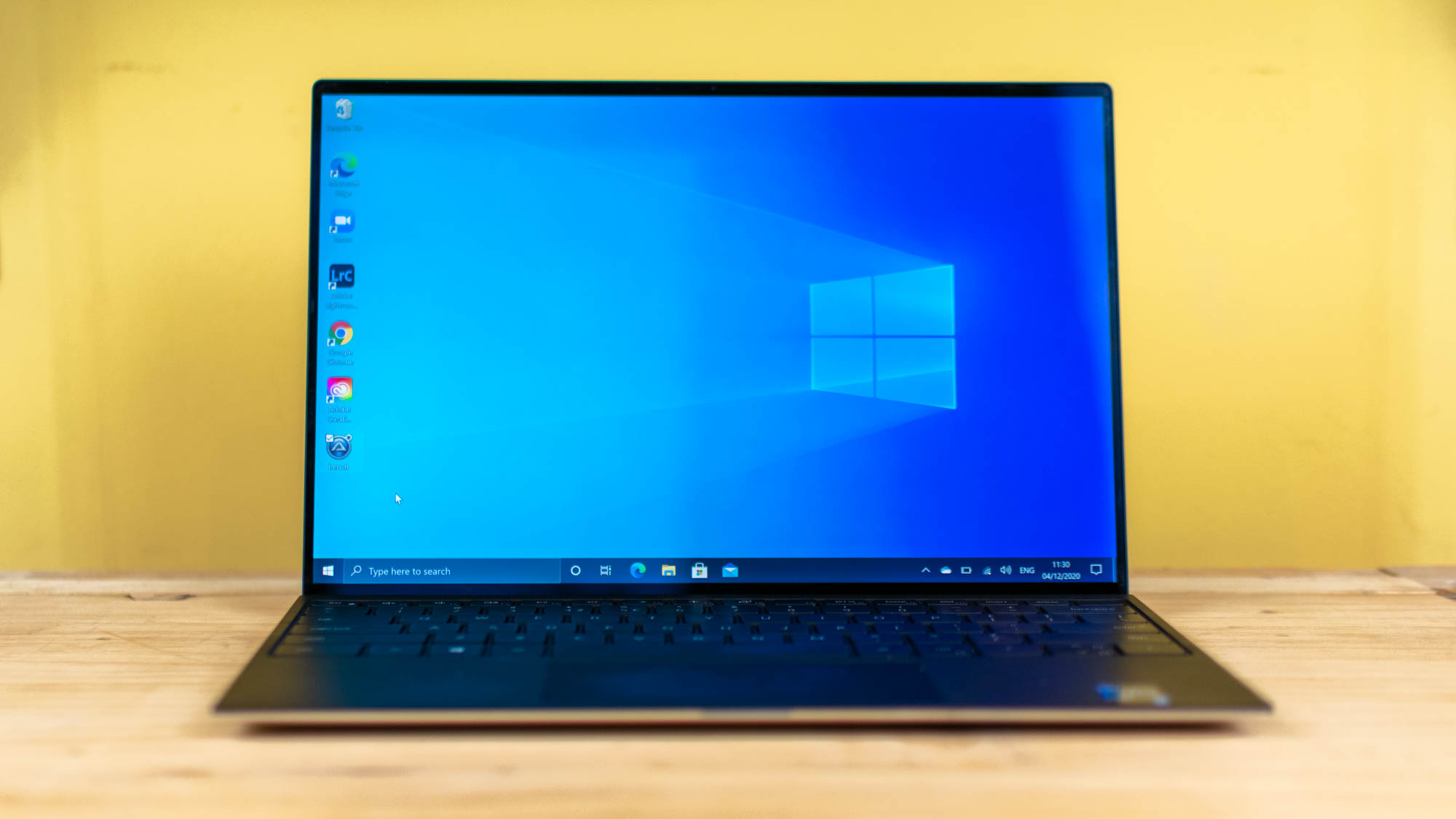
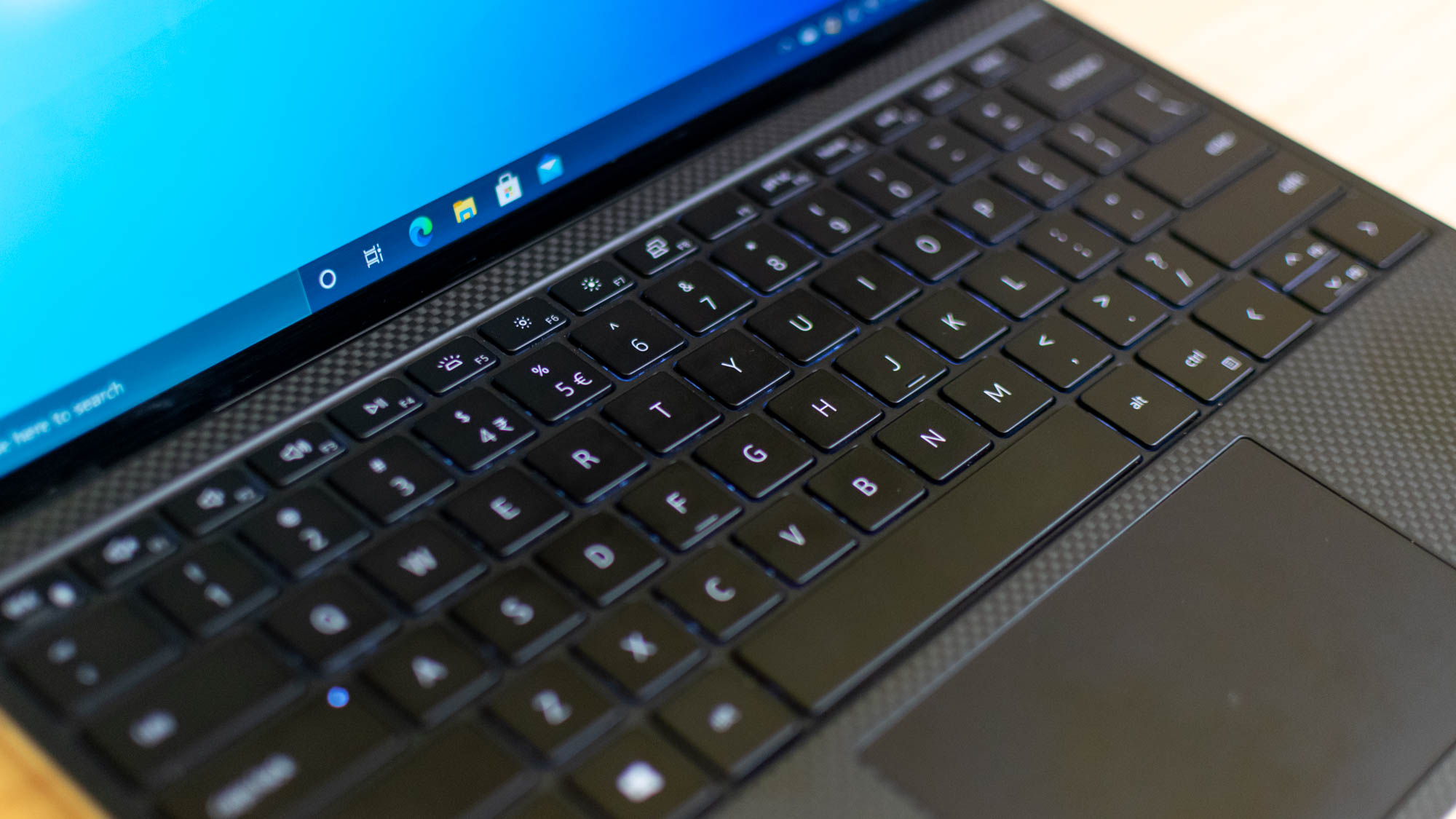
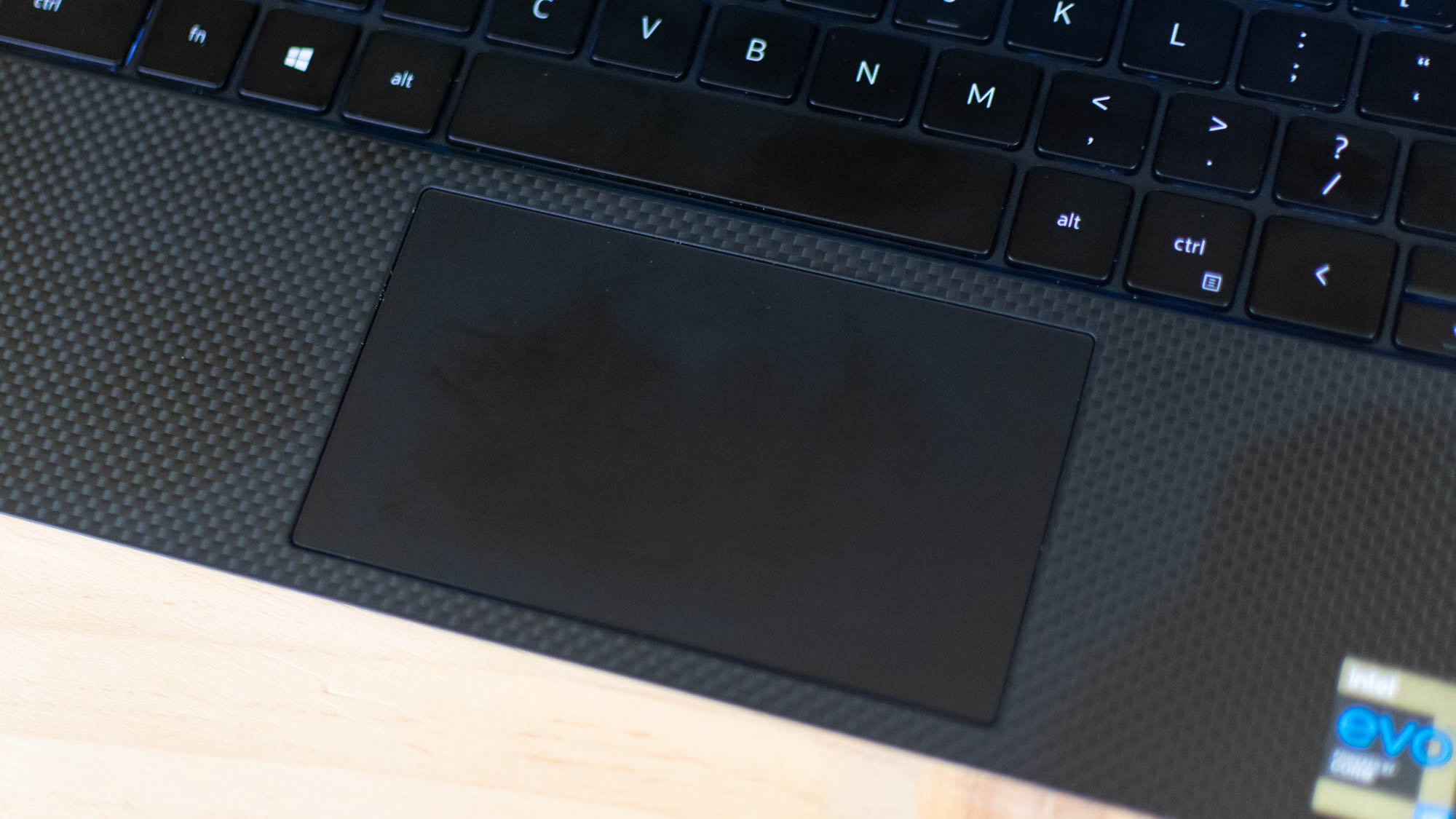
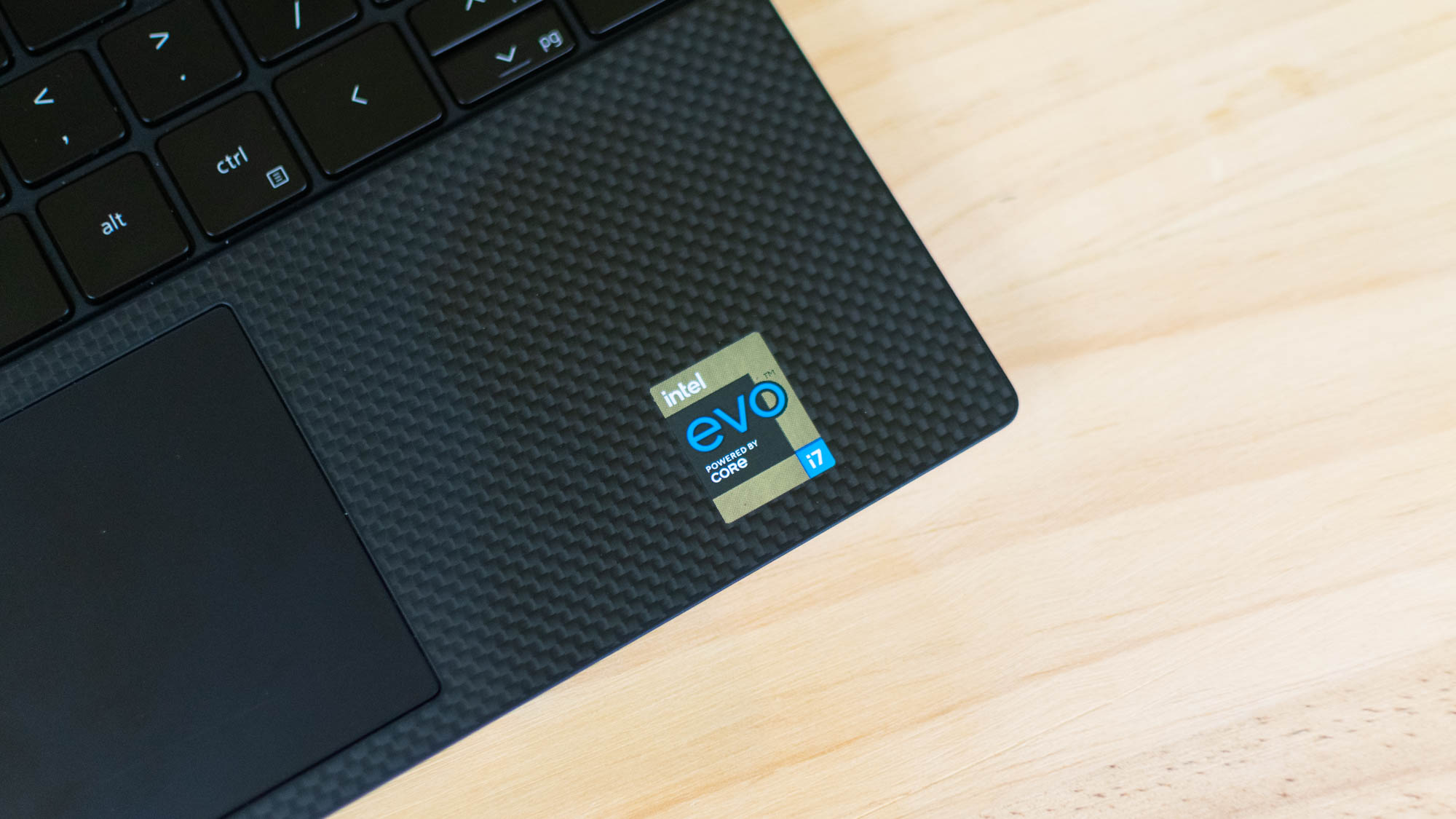
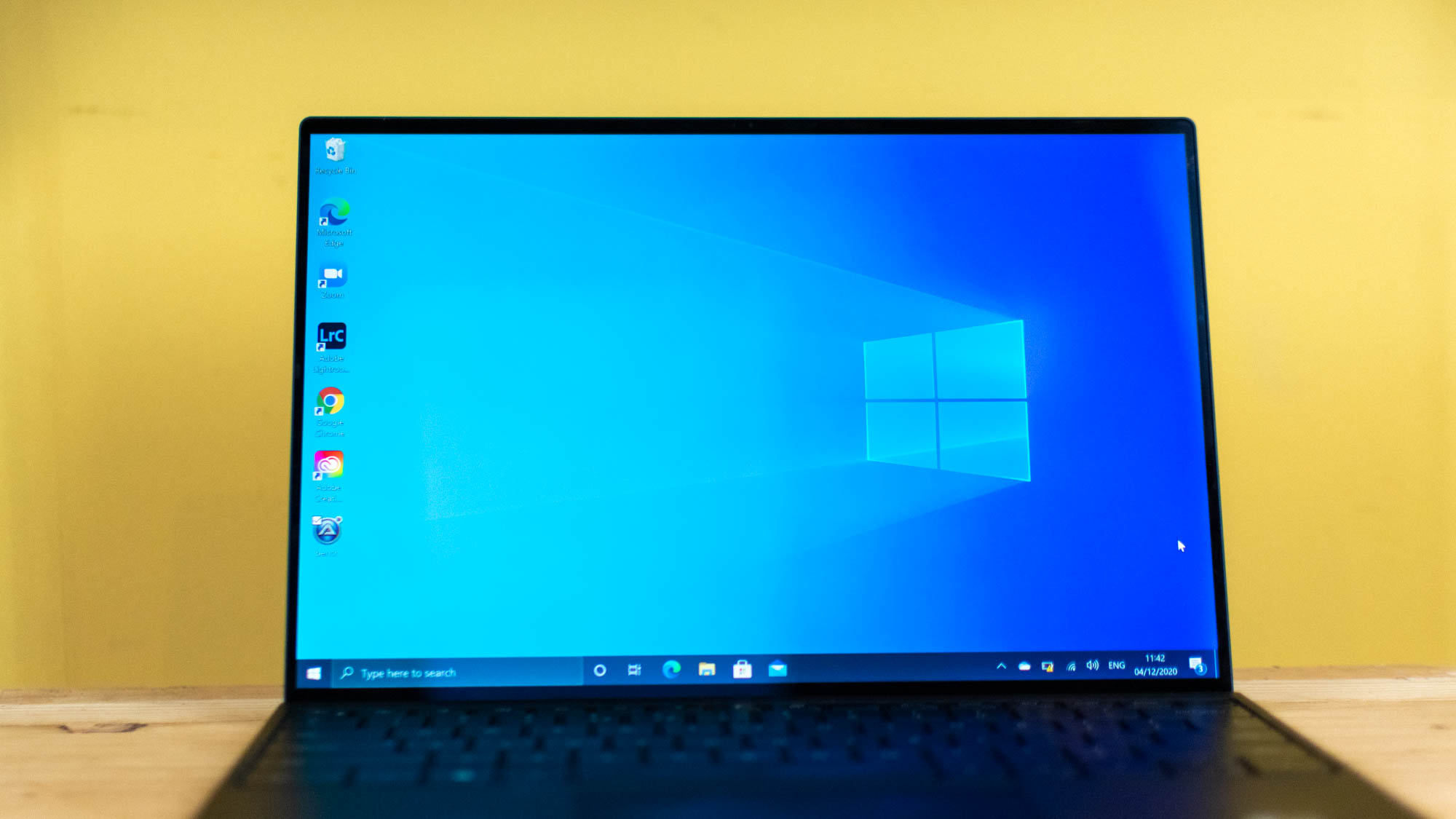
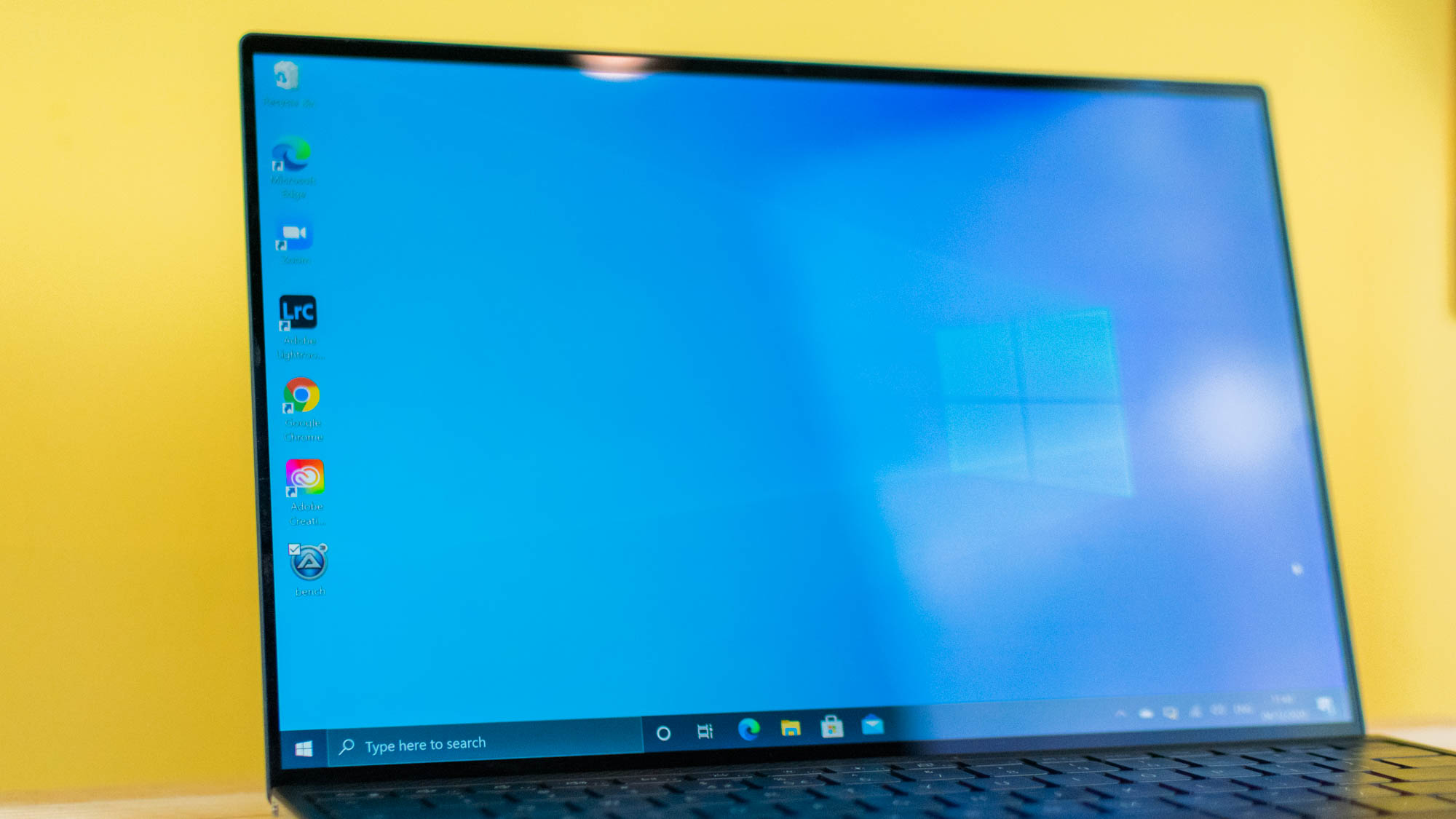
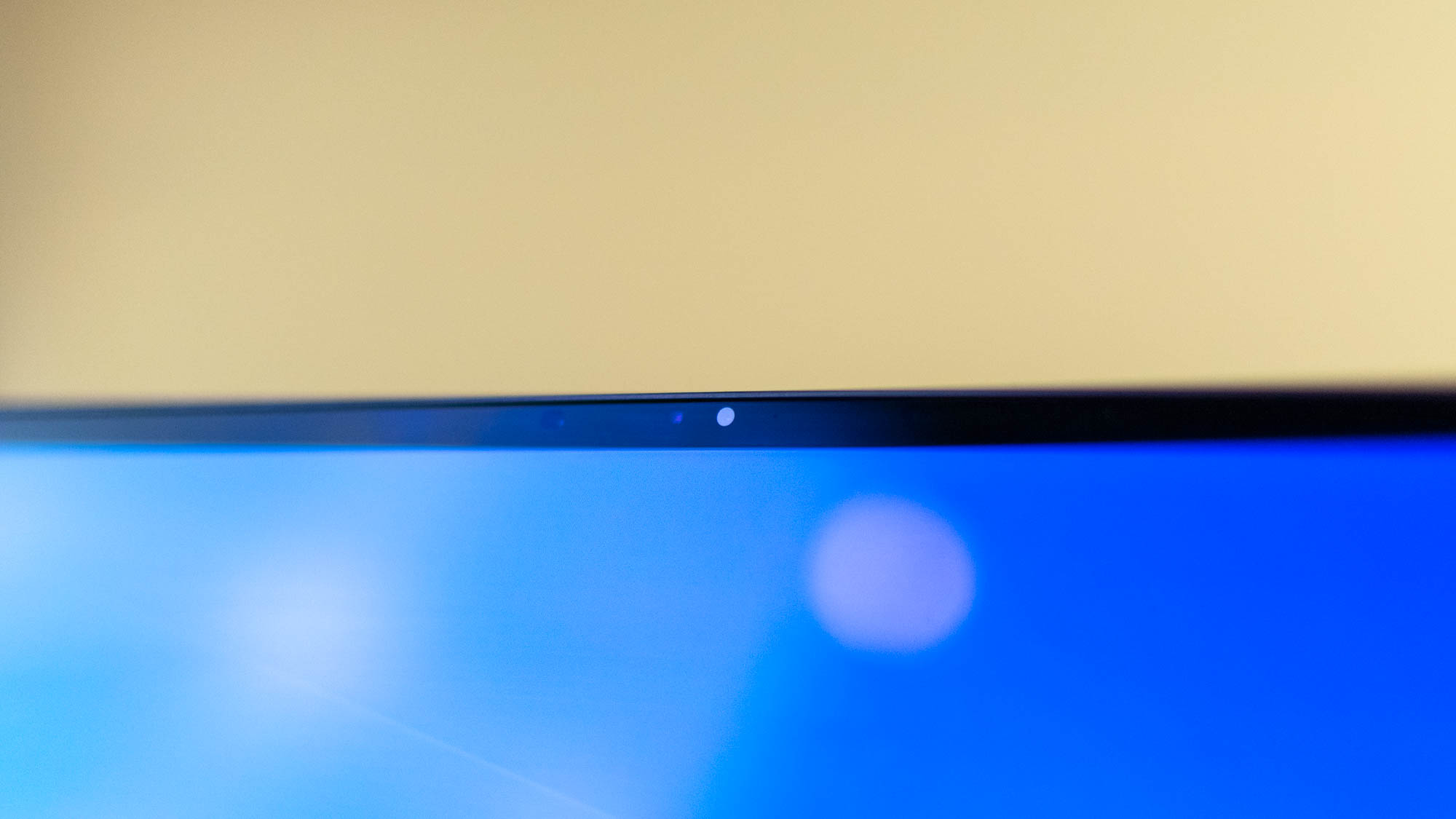
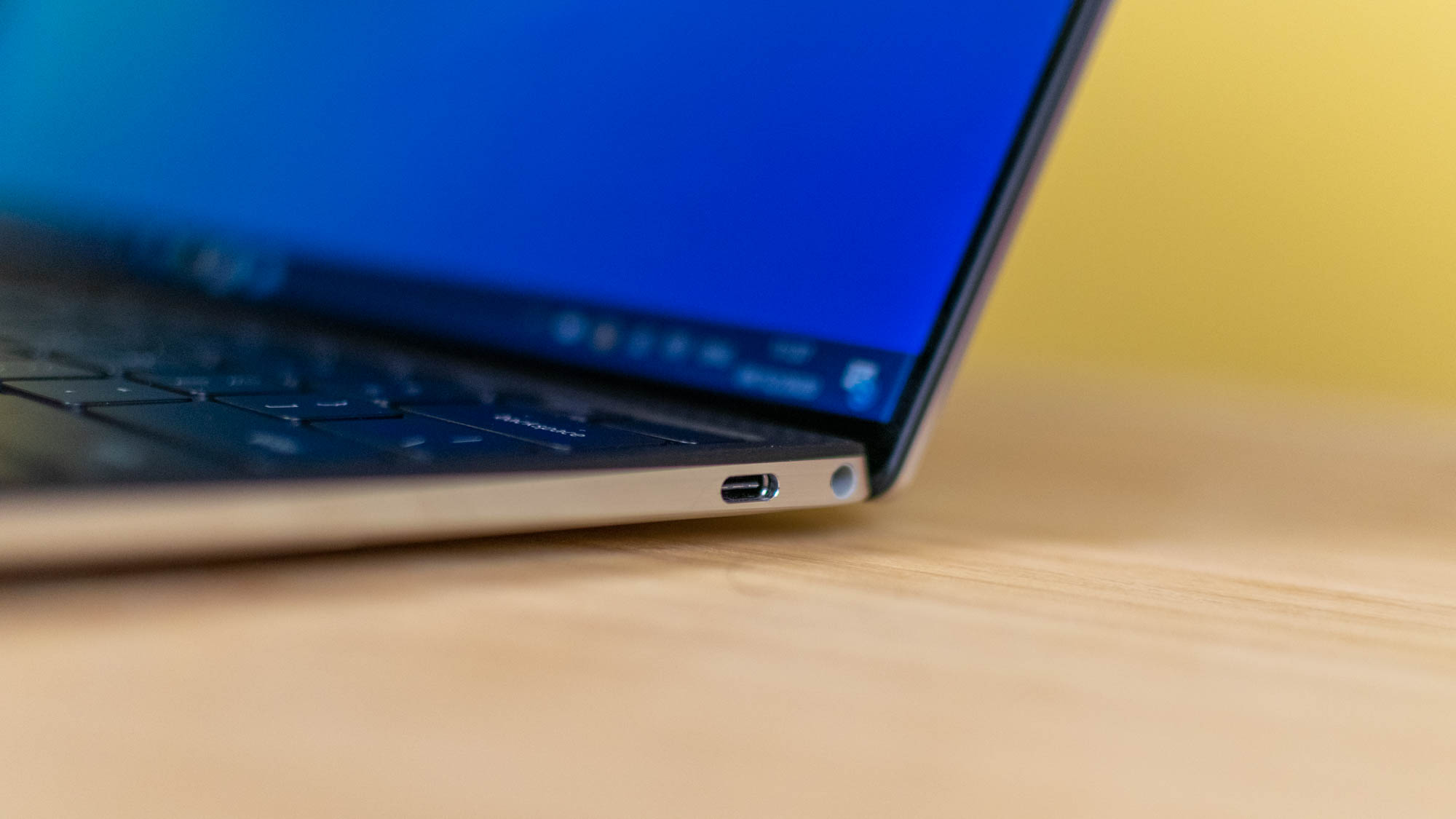
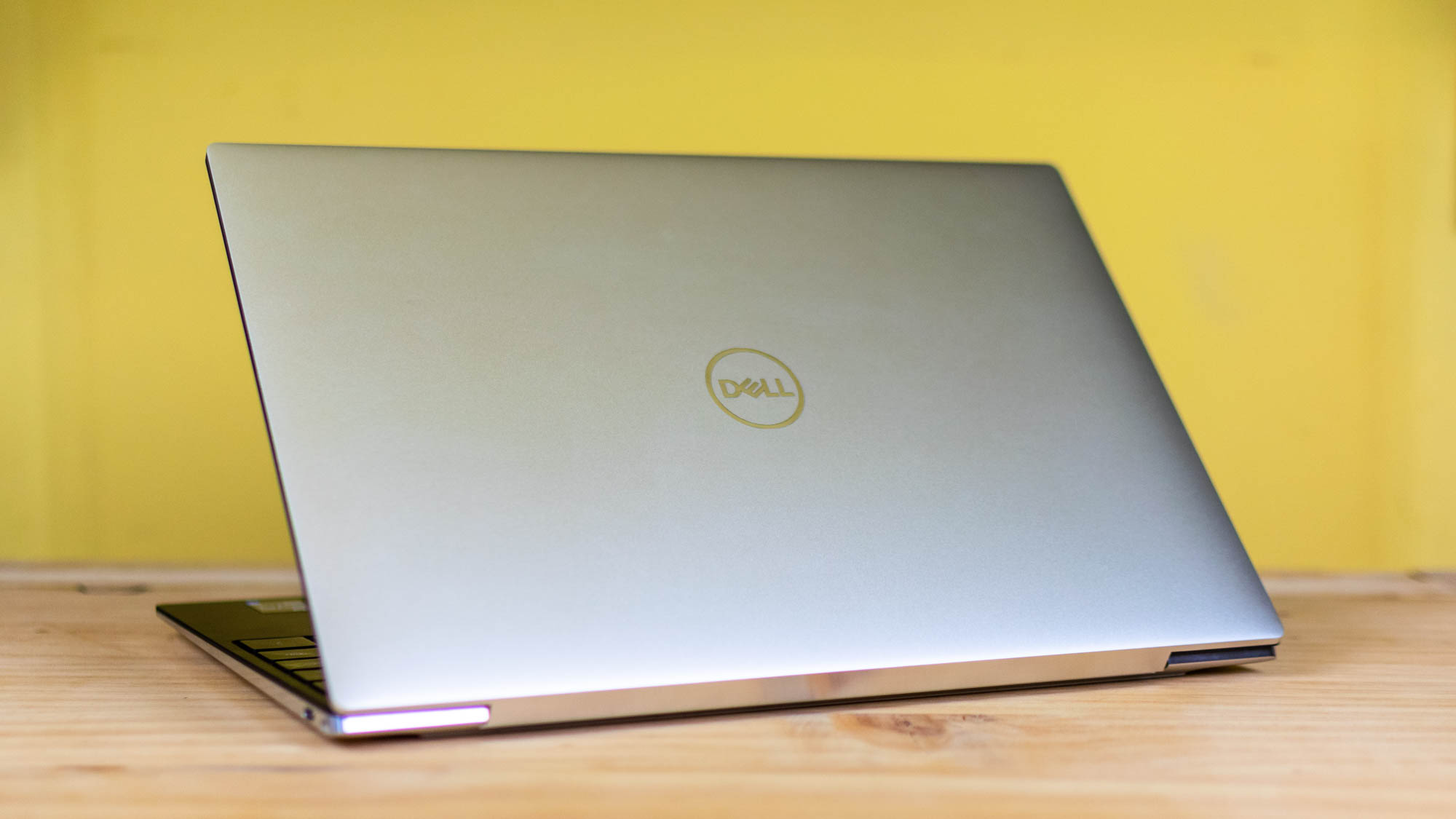
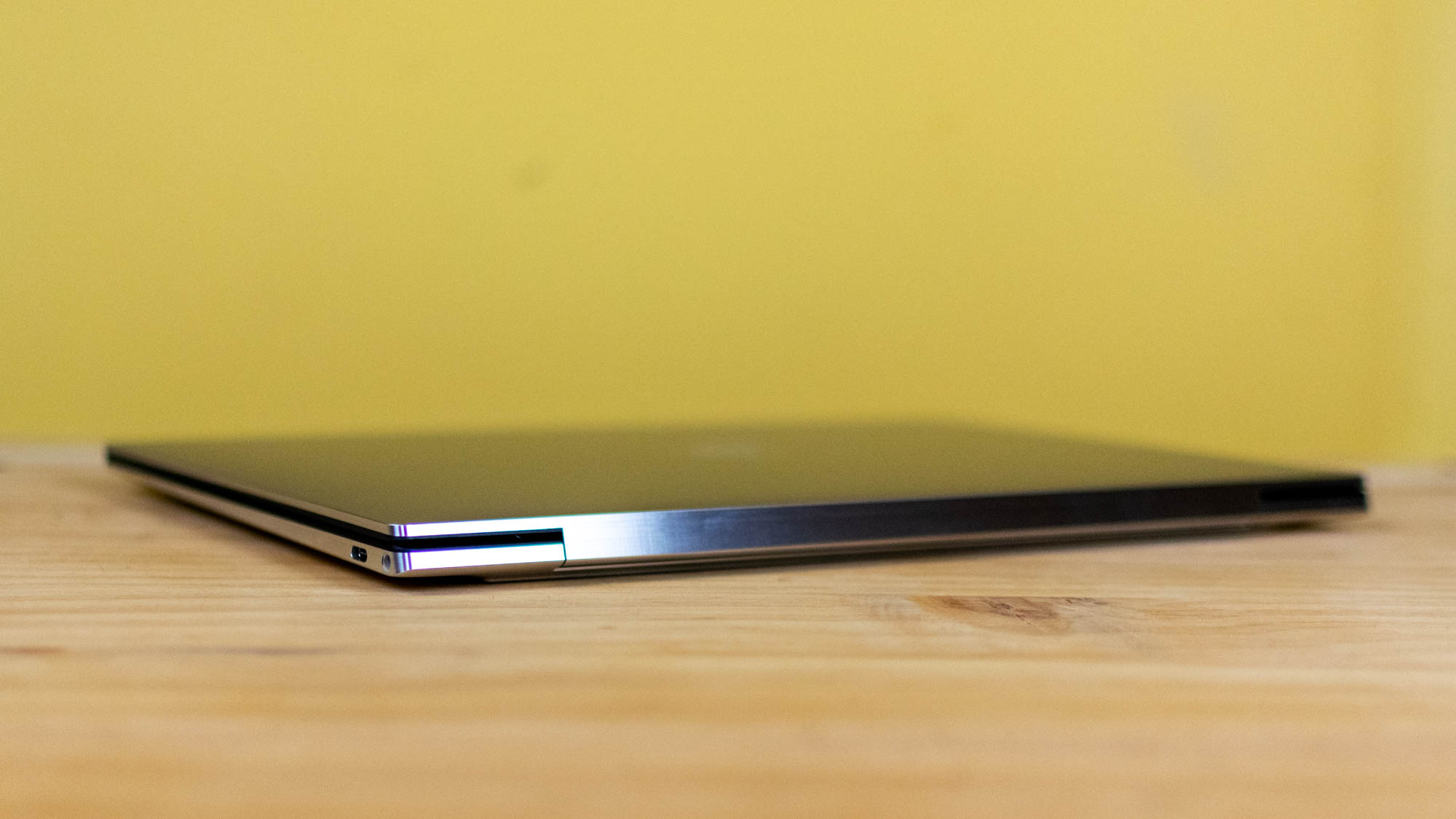
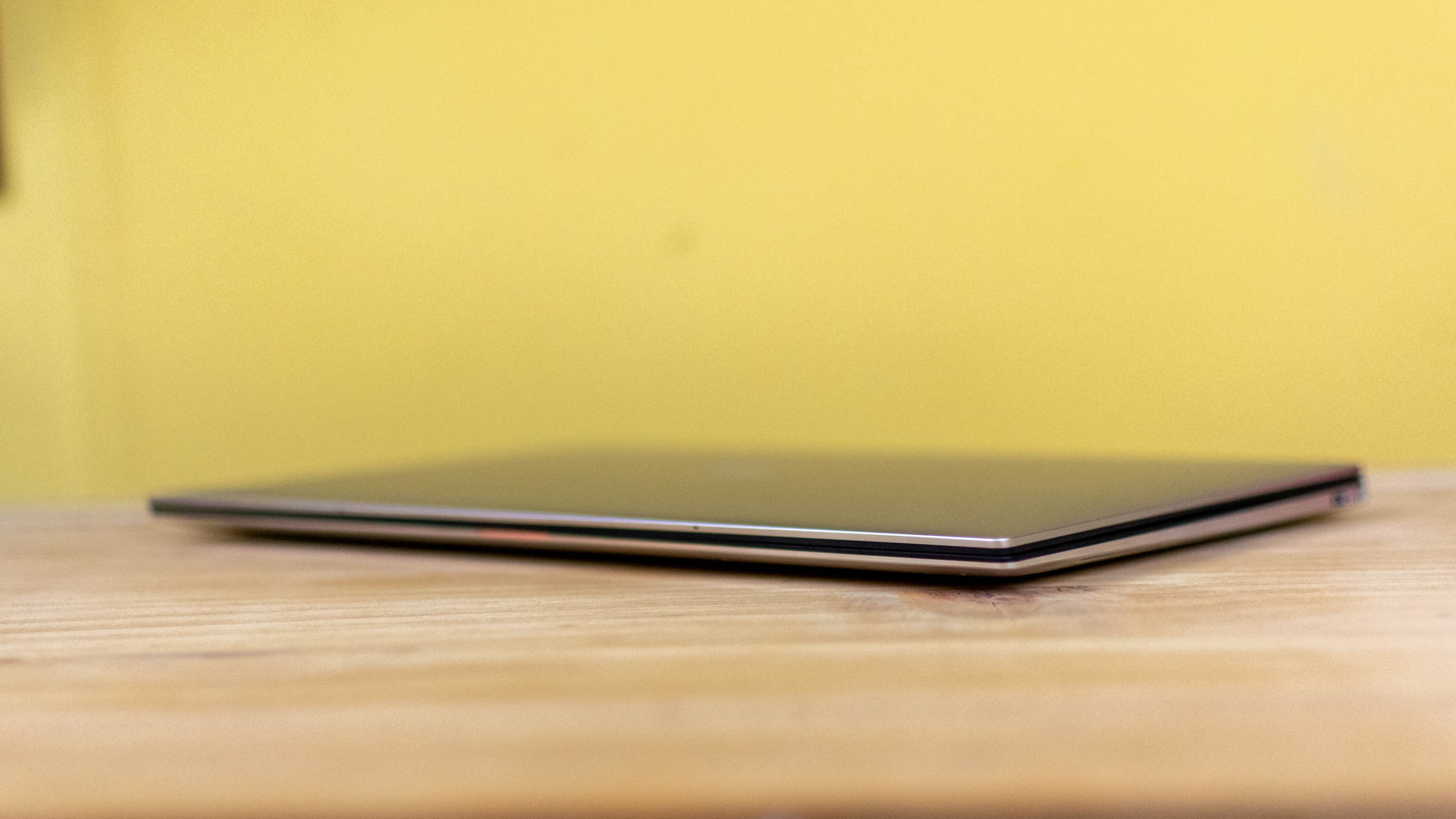
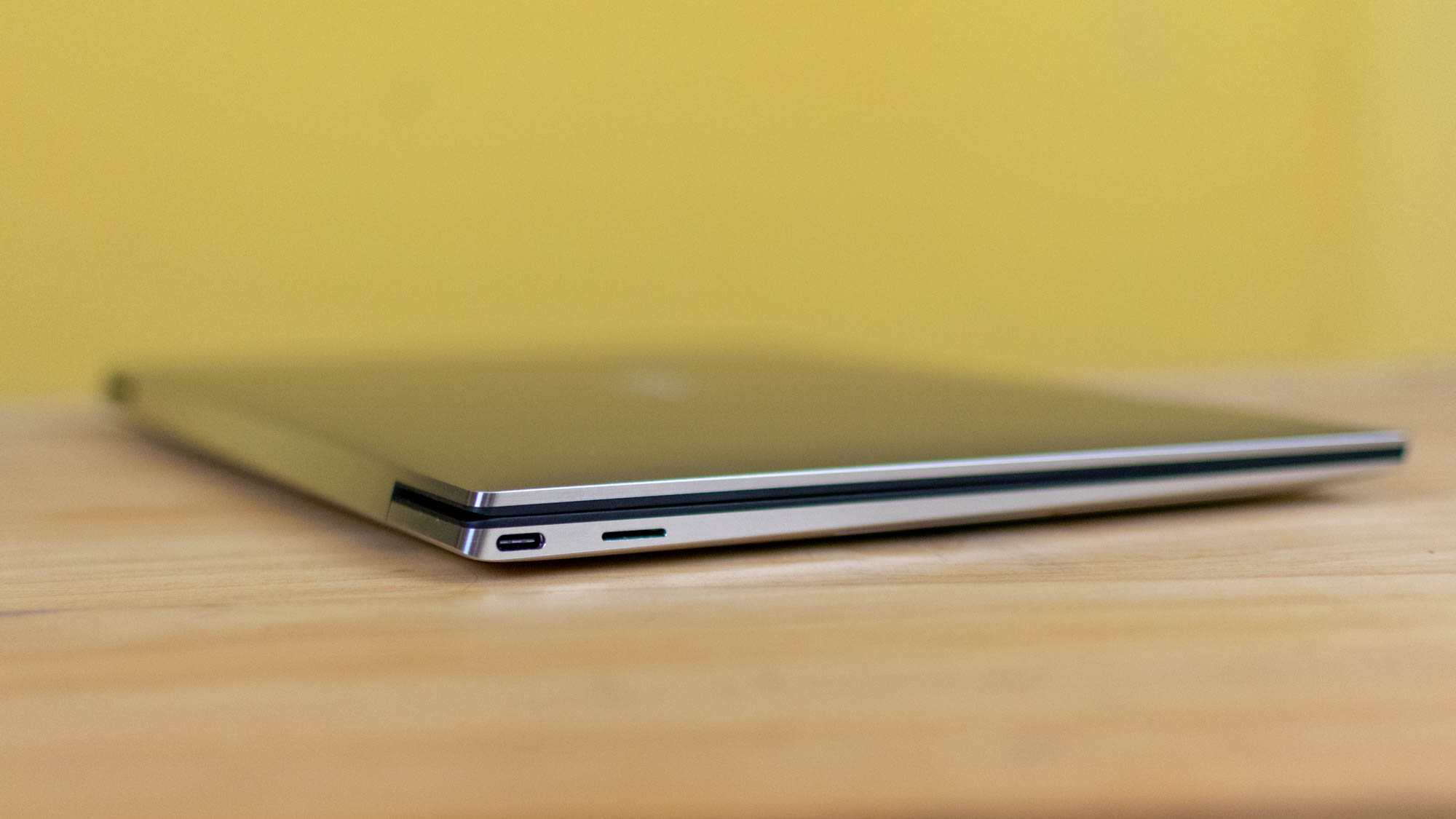
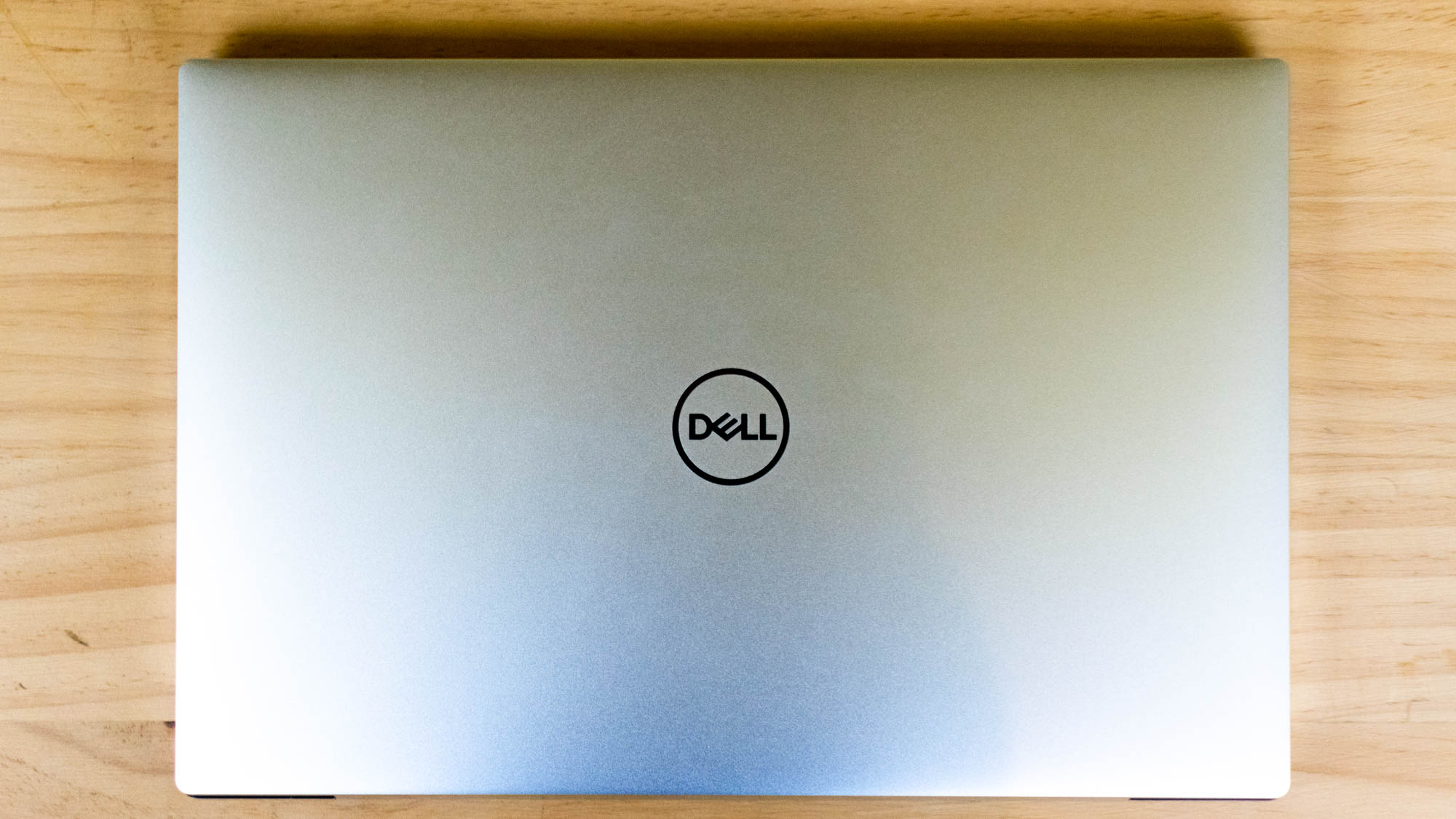
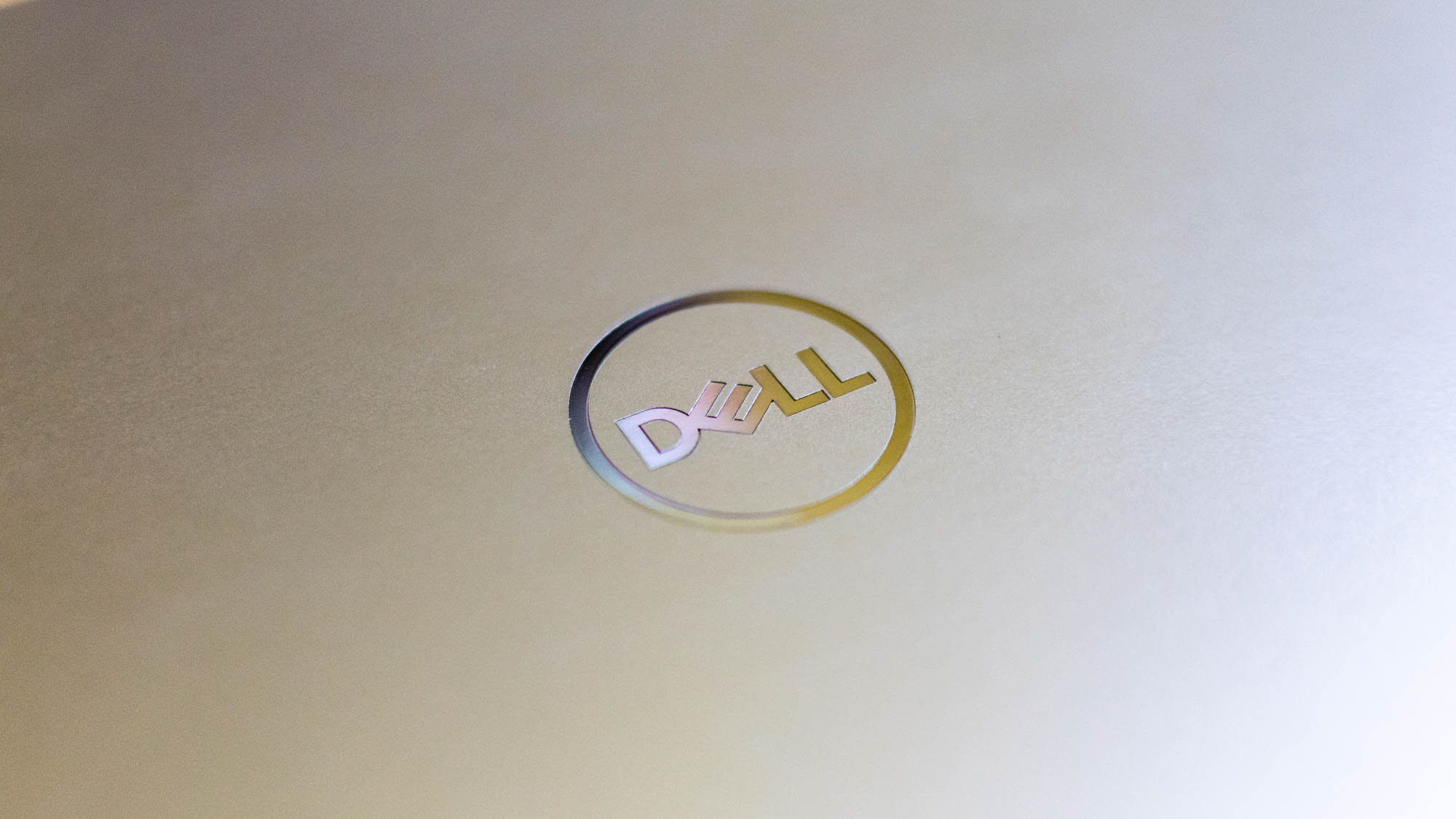
Dell’s XPS laptops are regularly among the best premium ultrabooks around, delivering top-shelf design and outstanding performance, going toe-to-toe with Apple’s MacBooks for the crown of ‘most desirable laptop’. Dell released a new XPS 13 earlier in the year, but now that Intel has released its 11th-gen Tiger Lake chips, the company has given it a tune-up and refreshed the internal hardware to keep it up to date.
Dell XPS 13 9310 (2020) review: Design
The XPS 13 isn’t setting out to break any new ground in the aesthetics department. This latest iteration is identical to the previous model, with its trademark matte aluminium chassis and carbon fibre-effect keyboard surround. It still looks as sleek and polished as ever, but it’s nothing particularly innovative.
Similarly, the 1.27kg weight and 14.8mm thickness are no different, while the 297mm width is still as compact as ever. This is no bad thing, of course – the XPS 13 is as slim as you can reasonably expect from a machine with these specifications, with both screen and keyboard stretching from edge to edge. Not a millimeter is wasted, and its petiteness makes it pleasingly portable. The aluminium shell and Corning Gorilla Glass 6 screen, meanwhile, ensure it’s satisfyingly sturdy.
Dell XPS 13 9310 (2020) review: Keyboard and trackpad
Dell’s a practised hand when it comes to keyboards, so it’s no surprise that there’s little to complain about here. The backlit chiclet-style keys occupy a happy middle-ground between the low-profile design of the Huawei MateBook X Pro or MacBook Air and the deeper travel depth of devices like Lenovo’s ThinkPad range. Feedback is firm and responsive, and there’s plenty of room to type.
Similarly, the trackpad is as expansive as you could wish for on a chassis this size, and features a lovely matte glass finish, to boot. The response from the buttons is just as satisfying as from the keyboard, and both are a delight to use.

Dell XPS 13 9310 (2020) review: Display
As usual, Dell offers the latest XPS 13 with two display options; a Full HD non-touch panel, or a 4K touchscreen, although due to the 16:10 aspect ratio, these resolutions will be a bit higher than the average. Our review model came with the 4K display, complete with a 3,840 x 2,400 resolution, and we’re pleased to say that this is one area where Dell has made some improvements over the previous XPS.
While the previous version’s 4K variant struggled in some areas, this new screen is a serious performer. Not only does it boast an effectively-flawless 99.5% coverage of the sRGB colour gamut (in comparison to its predecessor’s 86% score), it also manages to hit 81% of the DCI-P3 colour space, which makes it a great choice for those working with professional digital video production.
A maximum brightness of 411cd/m2 is pretty stonking, and an average Delta-E of 1.3 indicates good colour accuracy, although closer testing indicates that reds, yellows and greens have a slight tendency towards over-saturation. On top of all that, it also supports Dolby Vision and is VESA-certified for HDR playback. In short, this is an absolutely stunning display which is as suited to professional media editing duties as it is to documents and spreadsheets.
Dell XPS 13 9310 (2020) review: Specs and performance
While the XPS 13 may not be too different from its predecessor on the outside, Dell is promising that big changes have taken place on the inside, courtesy of updated 11th-gen Intel Core chips. The unit on test includes a Core i7-1165G7 chip; this is one of Intel’s brand new quad-core Tiger Lake chips, which is clocked at 2.8GHz and includes its Iris Xe graphics core, and all of this is combined with a meaty 16GB of RAM. That’s a pretty hefty helping of hardware, especially for such a slim laptop, and it racked up an overall score of 120 in our benchmark tests.
It’s a solid result, and comfortably surpasses the previous model’s overall score of 89. Similarly, the 512GB NVMe SSD is also a fast performer, racking up sequential read and write speeds of 2,607MB/sec and 1,294MB/sec respectively in the AS SSD storage benchmarks. It’s the fastest XPS 13 we’ve tested, and that would ordinarily earn it a big, fat recommendation – if it wasn’t for the Ryzen-shaped elephant in the room. An overall score of 120 is good compared to other Intel-based laptops, but the latest machines featuring AMD processors make that score look rather laughable.

Take the Honor MagicBook Pro, for example. Its six-core Ryzen 5 4600H processor powered it to a mammoth overall score of 252 – a result which not only leaves the XPS 13 in the dust, but laps it a few times for good measure. That’s from a laptop costing less than half the price of this one, and one that’s not even using one of AMD’s top-tier chips. Even Acer’s entry-level Swift 3 (which is even cheaper) managed a score of 178 thanks to its AMD processor.
In the interests of fairness, we should note that both laptops are a little thicker and heavier than the XPS 13, and the performance of any laptop is partly down to the manufacturer’s design choices as well as raw chip performance. For example, the XPS gets uncomfortably hot when running at full load, indicating that better cooling could reduce thermal throttling and increase performance.
With all that being said, the XPS 13 isn’t a slow laptop by any stretch of the imagination. It’s fast enough to blast through anything up to and including moderate media editing duties, and you’re unlikely to find it wanting for speed. However, it’s impossible to ignore the fact that you can get double the performance for half the price elsewhere.
Battery life, too, was somewhat disappointing. In our benchmark tests, it managed a score of just 7hrs 9mins, which is somewhat behind the average; Samsung's Galaxy Book Ion, for example, lasted 13 hours in these tests, while even the underwhelming Dynabook Portégé X50-G-10V outlasted the dell by half an hour. In practical terms, this machine is unlikely to make it through a full workday of moderate use without giving up the ghost.
Dell XPS 13 9310 (2020) review: Ports and features
Connectivity is a bit of a mixed bag. Unsurprisingly, the new XPS 13 doesn’t replace the third USB-C port that the previous model did away with, so users will have to make do with two. Aside from a MicroSD card slot and a headphone jack, that’s all the ports you’re getting – although both ports support Thunderbolt 4 for faster data transfer, and Dell does at least include a USB-C to USB-A adapter for any peripherals you may need to connect. Still, it’s a pretty paltry allocation, so you’ll want to invest in some kind of docking solution.
A more pleasing inclusion is support for the latest Wi-Fi 6 connection standard and Bluetooth 5.1, which is a handy piece of future-proofing. Security and authentication is good too, with a fingerprint sensor once again built into the keyboard and facial recognition via the webcam, which is still mercifully occupying its rightful place above the screen, rather than the awful bottom-corner placement seen in previous generations.
Sadly, this is about the only good thing we can say about the webcam; it uses a reasonably standard 720p resolution, but despite using a supposedly improved four-element lens, footage appeared grainy, noisy and generally poor quality.

Dell XPS 13 9310 (2020) review: Verdict
Everything about the latest XPS 13 feels top-shelf, from the slimline chassis to the stunning display. Taken in isolation, it would be a fantastic machine, but the performance disparity between this laptop and Ryzen-powered machines is simply too big to overlook. We’ll say it again: we’ve seen AMD-based laptops which offer double the performance for half the price.
While Dell and Intel have had a fruitful partnership for many years, it’s hard not to feel like it’s starting to hold Dell back. That doesn’t make the XPS 13 a bad laptop; it’s still virtually unrivalled in terms of build quality and overall appeal, but it does rob it of an award and makes us wonder what a Ryzen-powered XPS could do.
Dell XPS 13 9310 (2020) specifications
| Processor | Intel Core i7-1165G7 |
| RAM | 16GB |
| Graphics adapter | Intel Iris Xe |
| Storage | 512GB M.2 PCIe NVMe SSD |
| Screen size (in) | 13.3in |
| Screen resolution | 3840 x 2400 |
| Screen type | IPS |
| Touchscreen | Yes |
| Memory card slot | MicroSD card slot |
| 3.5mm audio jack | Yes |
| Graphics outputs | 2x Thunderbolt 4 |
| Other ports | N/A |
| Web Cam | 720p |
| Speakers | 2x 2W |
| Wi-Fi | Killer Wi-Fi 6 AX1650 |
| Bluetooth | Bluetooth 5.1 |
| NFC | No |
| Dimensions, mm (WDH) | 296 x 199 x 15mm |
| Weight (kg) | 1.27kg |
| Battery size (Wh) | 52Whr |
| Operating system | Windows 10 Pro |
Get the ITPro daily newsletter
Sign up today and you will receive a free copy of our Future Focus 2025 report - the leading guidance on AI, cybersecurity and other IT challenges as per 700+ senior executives
Adam Shepherd has been a technology journalist since 2015, covering everything from cloud storage and security, to smartphones and servers. Over the course of his career, he’s seen the spread of 5G, the growing ubiquity of wireless devices, and the start of the connected revolution. He’s also been to more trade shows and technology conferences than he cares to count.
Adam is an avid follower of the latest hardware innovations, and he is never happier than when tinkering with complex network configurations, or exploring a new Linux distro. He was also previously a co-host on the ITPro Podcast, where he was often found ranting about his love of strange gadgets, his disdain for Windows Mobile, and everything in between.
You can find Adam tweeting about enterprise technology (or more often bad jokes) @AdamShepherUK.
-
 ‘Phishing kits are a force multiplier': Cheap cyber crime kits can be bought on the dark web for less than $25 – and experts warn it’s lowering the barrier of entry for amateur hackers
‘Phishing kits are a force multiplier': Cheap cyber crime kits can be bought on the dark web for less than $25 – and experts warn it’s lowering the barrier of entry for amateur hackersNews Research from NordVPN shows phishing kits are now widely available on the dark web and via messaging apps like Telegram, and are often selling for less than $25.
By Emma Woollacott Published
-
 Redis unveils new tools for developers working on AI applications
Redis unveils new tools for developers working on AI applicationsNews Redis has announced new tools aimed at making it easier for AI developers to build applications and optimize large language model (LLM) outputs.
By Ross Kelly Published
-
 Google layoffs continue with "hundreds" cut from Chrome, Android, and Pixel teams
Google layoffs continue with "hundreds" cut from Chrome, Android, and Pixel teamsNews The tech giant's efficiency drive enters a third year with devices teams the latest target
By Bobby Hellard Published